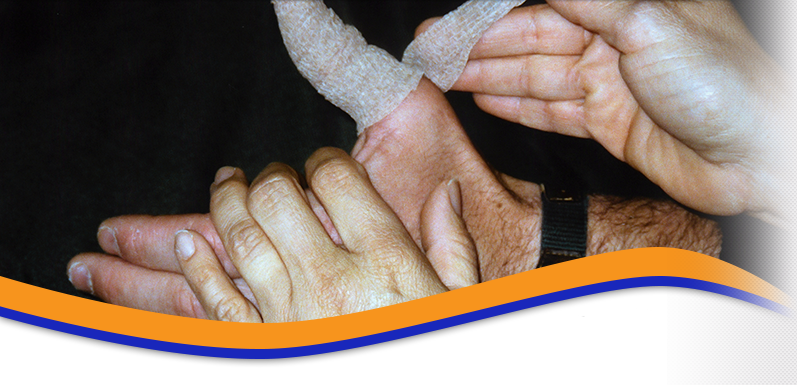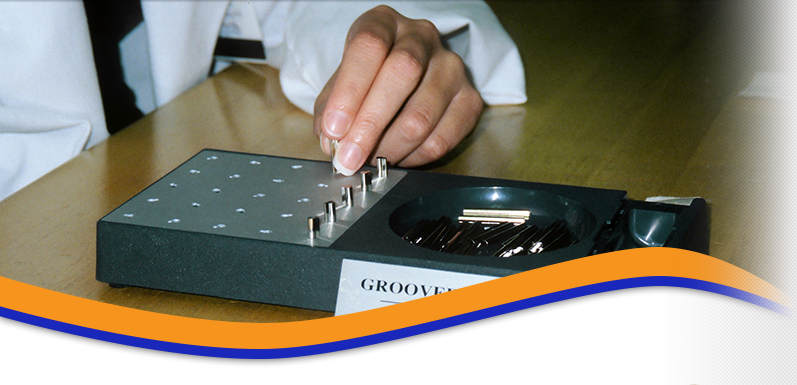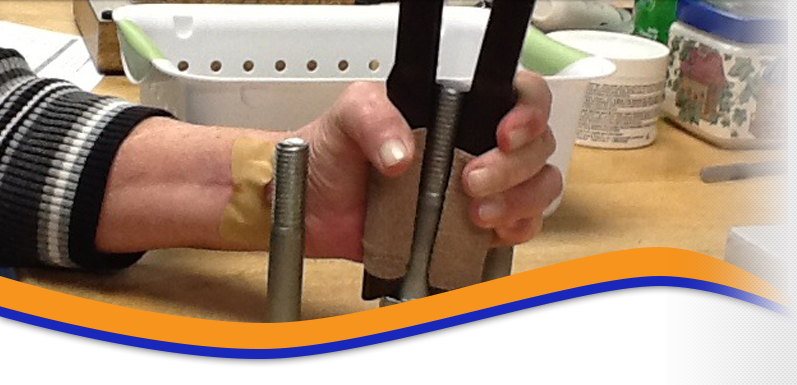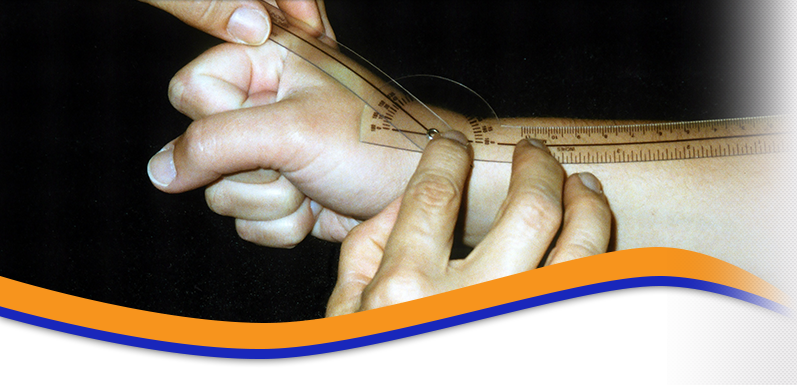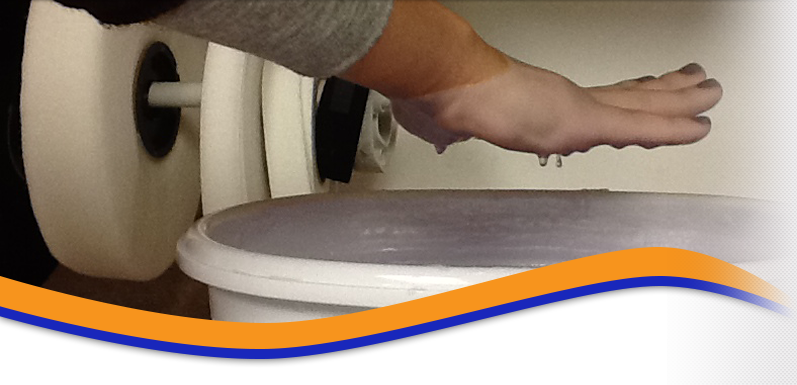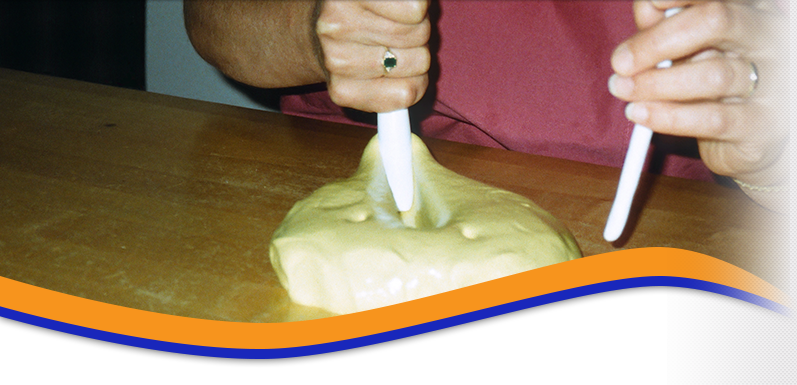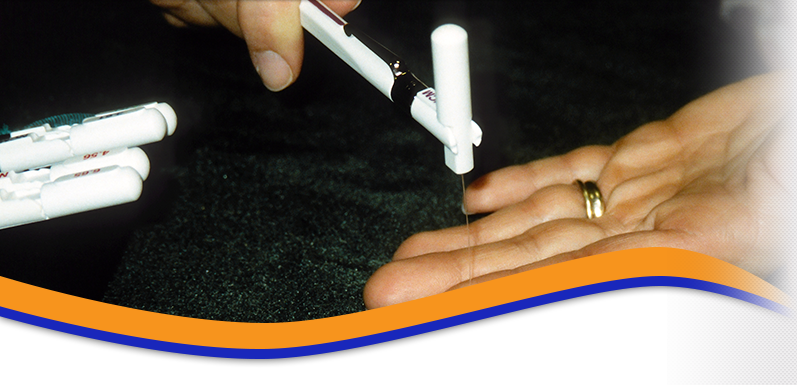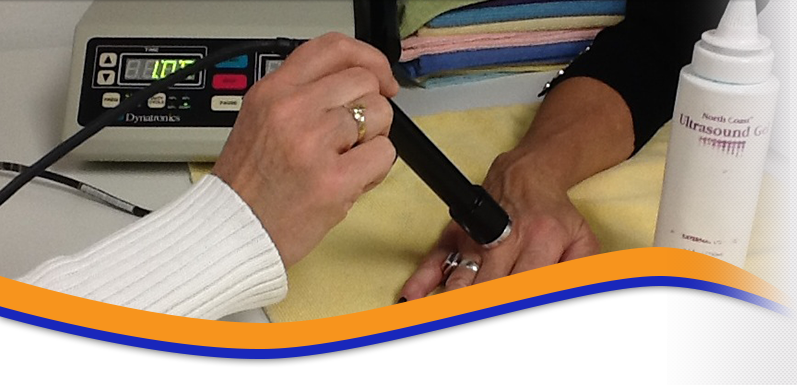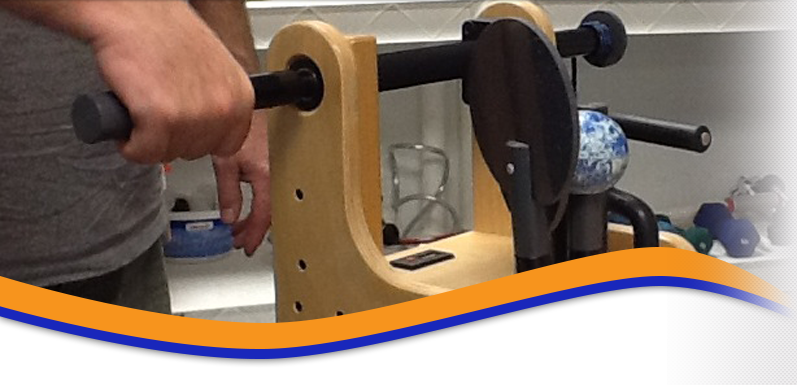Amputations
Amputations are usually a result of a laceration, crush injury, or disease. Treatment will focus on reshaping the tip of the finger, restoring function and desensitization.
[ Back to Top ]
Carpal Tunnel Release
A release of the membrane in the front of the wrist to release the pressure on the median nerve, which causes numbness and tingling in the fingers. If therapy is required, the goals will be restoration of movement and strength, and management of scar tissue.
[ Back to Top ]
Dupuytren’s Surgery
The fascia of the hand, the layer between the skin and the muscles, shortens and causes the finger joints to bend. The surgery releases and/or removes the contracted tissue. Hand therapy, following surgery, may include night splinting to maintain the finger in the straightened position, exercises to restore movement, and scar management.
[ Back to Top ]
Fracture Fixation
Some arm, wrist and hand fractures require internal fixation in the form of pins, plates, or screws to ensure stability. Treatment will depend on the area, type and severity of the fracture as well as the type of fixation. Often splinting for protection with early movement is requested by the surgeon. As healing progresses, strengthening will be incorporated.
[ Back to Top ]
Ganglionectomy
A ganglion is a benign cyst that develops most commonly on the back and the front of the wrist or on the inside of the fingers. If function decreases or pain increases, surgical removal is an option. Treatment will focus on restoration of function.
[ Back to Top ]
Joint Replacements and Reconstructions
A number of joints in the hand can be successfully replaced or reconstructed if there is significant damage due to arthritis or an injury. The timing will depend on the specific joint, but once movement is allowed, treatment consists of a combination of splinting and exercises.
[ Back to Top ]
Nerve Repairs
If a laceration has damaged a nerve, the surgeon may repair it by reconnecting the severed ends. Hand therapy may include splinting for protection while the nerve is healing, restoration of function, and activities to help normalize the sensation and restore strength once the nerve has regrown.
[ Back to Top ]
Tendon Repairs
Tendons are the rope like structures on both sides of the hand which allow movement by way of their attachment to muscles and bones. Injuries are caused by lacerations or ruptures, and require surgical repair. After surgery, the tendon a cast and/or splint will be applied, with a very specific series of exercises to allow joint movement while protecting the repair.
[ Back to Top ]
Tenolysis
Sometimes after an initial injury, scar tissue or adhesions prevent free gliding of the tendons. This surgery frees up the tendon, so improved movement is possible. Therapy generally starts within the first few days of the surgery to prevent adhesions from forming again.
[ Back to Top ]
Trigger Finger/Thumb Release
Locking or clicking of the finger or thumb that does not resolve with conservative treatment may require a surgical release of the pulley in the palm, restoring free gliding of the tendon. Following the surgery, gentle movement will help restore the full function.
[ Back to Top ]
Wrist Surgery
Arthroscopic or open surgery can be performed to debride or repair damaged structures. Casting or splinting for a few weeks allows for initial healing, then movement will be started. When movement is full, strengthening will be initiated.

